Obviously, your c gets its signal from a cell tower, but where do those towers get their signals from? Do they pass data between each other, or is there one tower at some headquarters somewhere acting as a source of all the content?
Most cell towers are basically big wireless antennas connected to a router at the base via cables, which are plugged in to the backhaul of the carrier's network, so you can both make voice calls and connect to the internet.
If you think about it, the setup is kind of like a really big version of a Wi-Fi access point connected to a normal router or modem, but this doesn't mean that towers never talk to each other. If you look up the next time you're riding past one, you might see an antenna globbed onto the side of the tower that looks like a big bowl, dish, or drum. 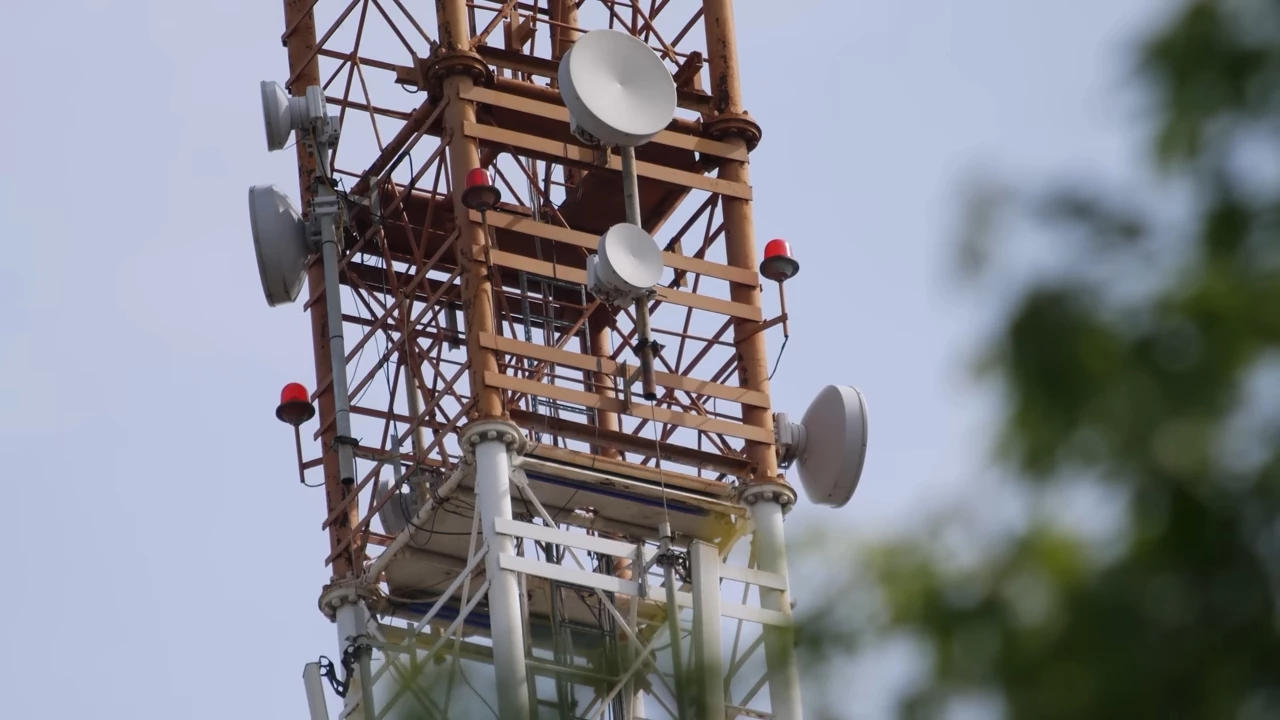 These are special microwave antennas responsible for wireless backhaul, and they're usually pointed directly at another tower in case there's a problem with the wired network underground, and some towers even use microwave antennas exclusively to get your phone traffic where it needs to go, especially if laying cables in an area is too expensive or physically unfeasible. But the backhaul just connects towers to your carrier, it doesn't connect to your phone, so where are the antennas that actually provide your phone with a signal then?
These are special microwave antennas responsible for wireless backhaul, and they're usually pointed directly at another tower in case there's a problem with the wired network underground, and some towers even use microwave antennas exclusively to get your phone traffic where it needs to go, especially if laying cables in an area is too expensive or physically unfeasible. But the backhaul just connects towers to your carrier, it doesn't connect to your phone, so where are the antennas that actually provide your phone with a signal then?
Okay, stare at a cell tower for a little longer, and you'll see skinnier vertically oriented antennas, these are what give your phone that sweet 4G or 5G. 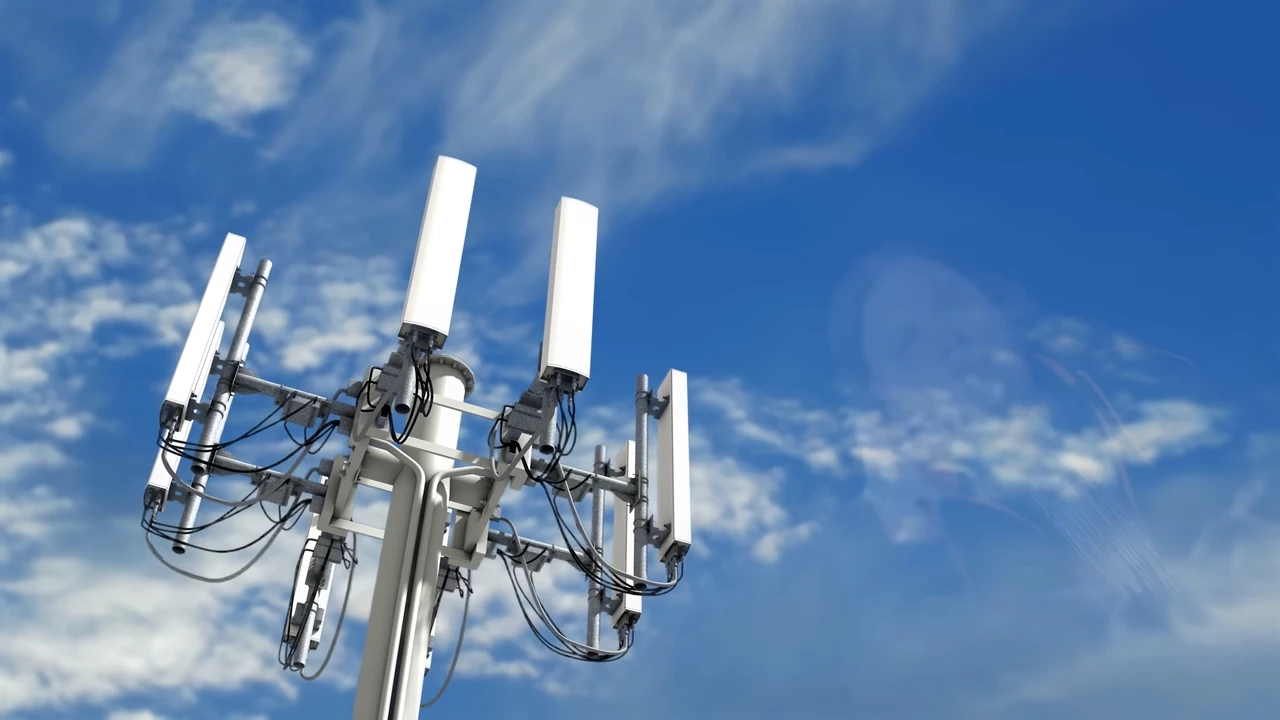 Unlike the typical wireless router antenna which blasts the signal out 360 degrees, cell antennas are usually more directional, they focus the signal one way. Although this might sound counterintuitive as you obviously want to have a signal extend out in all directions from around the tower, it actually makes sense.
Unlike the typical wireless router antenna which blasts the signal out 360 degrees, cell antennas are usually more directional, they focus the signal one way. Although this might sound counterintuitive as you obviously want to have a signal extend out in all directions from around the tower, it actually makes sense.
Having multiple directional antennas provides a stronger signal than just one central omnidirectional antenna. A typical setup is to have them arranged in a triangle, with each covering 120 degrees instead of 360. 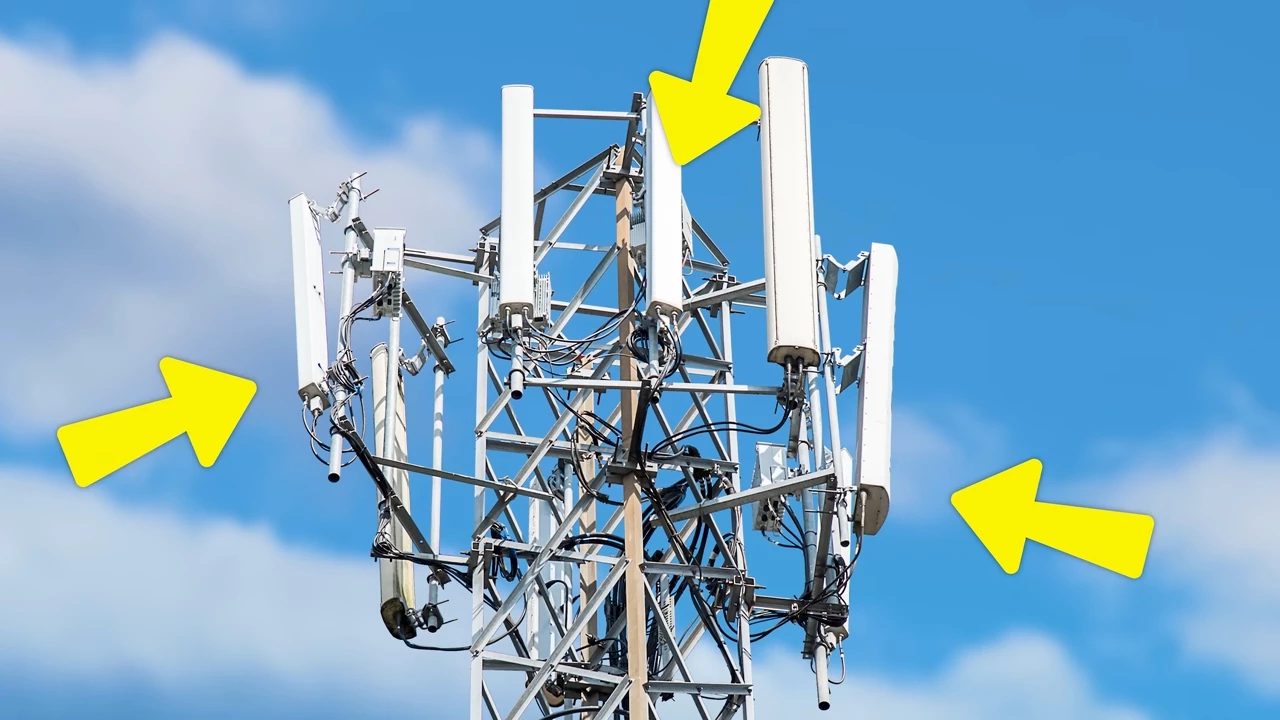 On the side of each triangle, you might have something like three directional antennas covering 40 degrees of space each.
On the side of each triangle, you might have something like three directional antennas covering 40 degrees of space each.
You might also see multiple layers of antennas stacked on a tower, but this is usually not for signal strength. 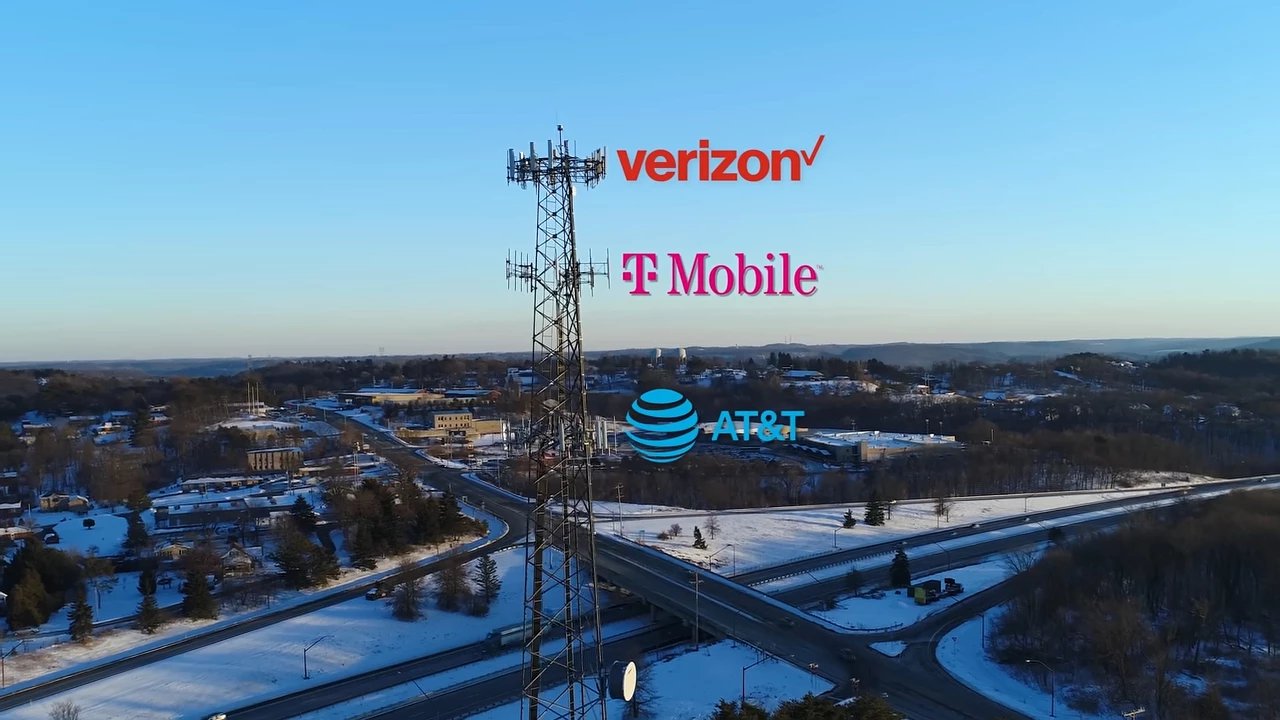 Instead, it's common for different wireless carriers to share a tower with whoever gets there first typically taking the very top level kinda like siblings fighting over the bunk bed, but the real ones know that the bottom bunk is actually the best.
Instead, it's common for different wireless carriers to share a tower with whoever gets there first typically taking the very top level kinda like siblings fighting over the bunk bed, but the real ones know that the bottom bunk is actually the best.
And although it can be hard to tell from the ground, these antennas are often tilted slightly downward and transmitting at reduced power to reduce interference with neighboring towers. Ideally, this is calibrated so that the signal extends to just the end of where the next tower picks up, so that you won't run into any dead zones. 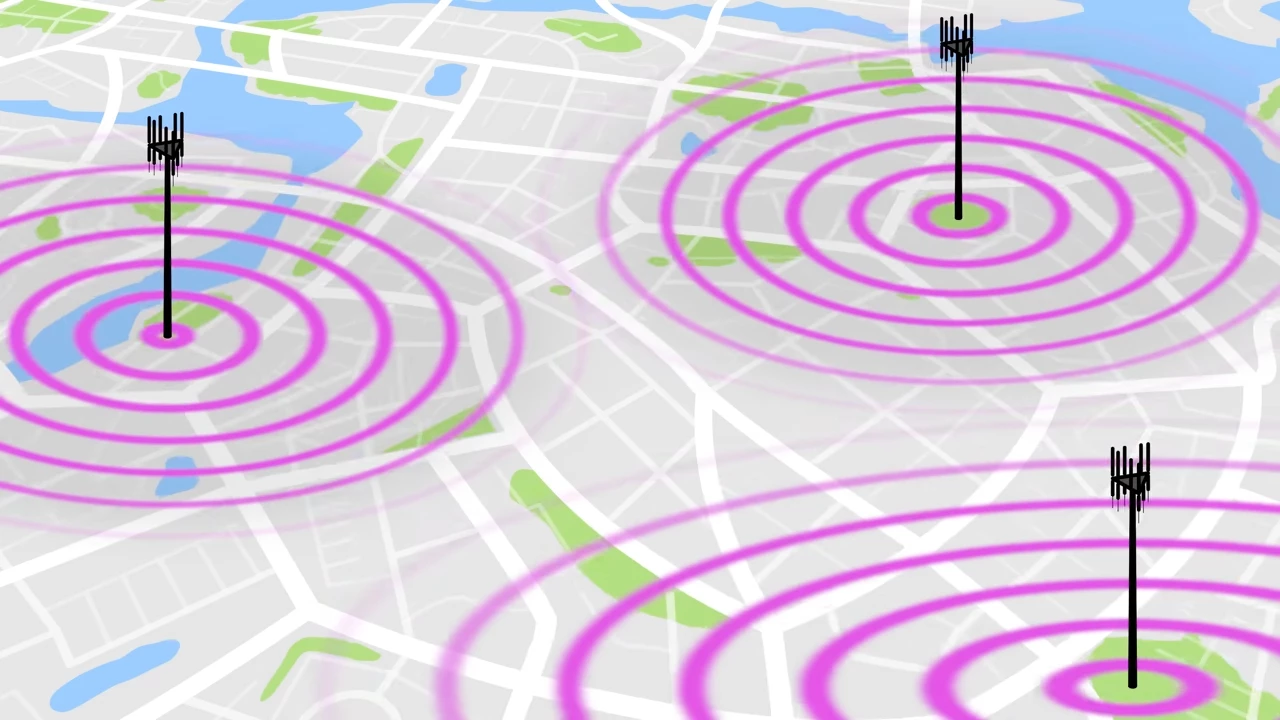 On that note, exactly how far does a cell signal reach? Well, if we're talking about a 4G tower that has some open space around it, those can send a signal to about 40 miles or so. Mid-band 5G though has a significantly shorter range of only around six miles at best, so instead of very tall towers that try to blast signals as far as possible, the faster iterations of 5G tend to use shorter towers that are relatively close together, sometimes, well under a mile apart.
On that note, exactly how far does a cell signal reach? Well, if we're talking about a 4G tower that has some open space around it, those can send a signal to about 40 miles or so. Mid-band 5G though has a significantly shorter range of only around six miles at best, so instead of very tall towers that try to blast signals as far as possible, the faster iterations of 5G tend to use shorter towers that are relatively close together, sometimes, well under a mile apart.
Some cell deployments even place antennas on the sides of buildings, obviating the need for a tower at all, and this might become more common as 5G continues to roll out in dense urban areas.
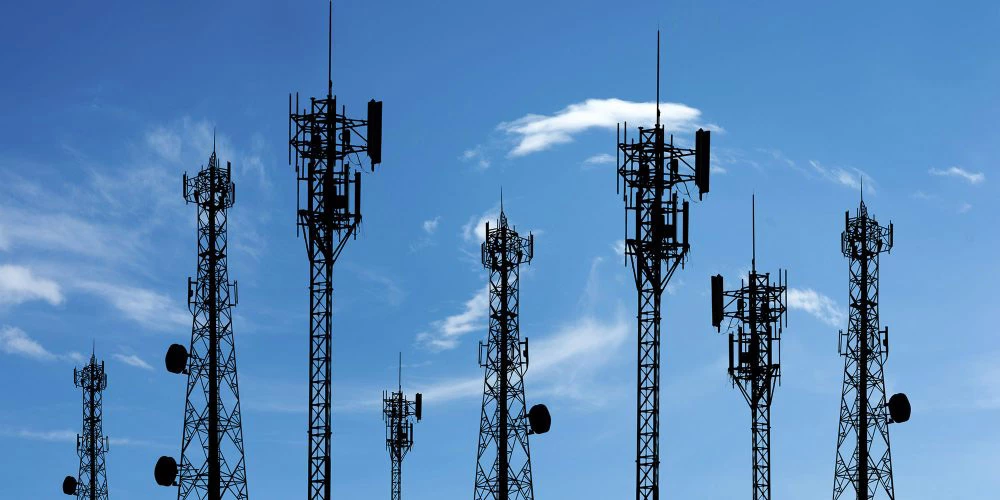

No comments yet